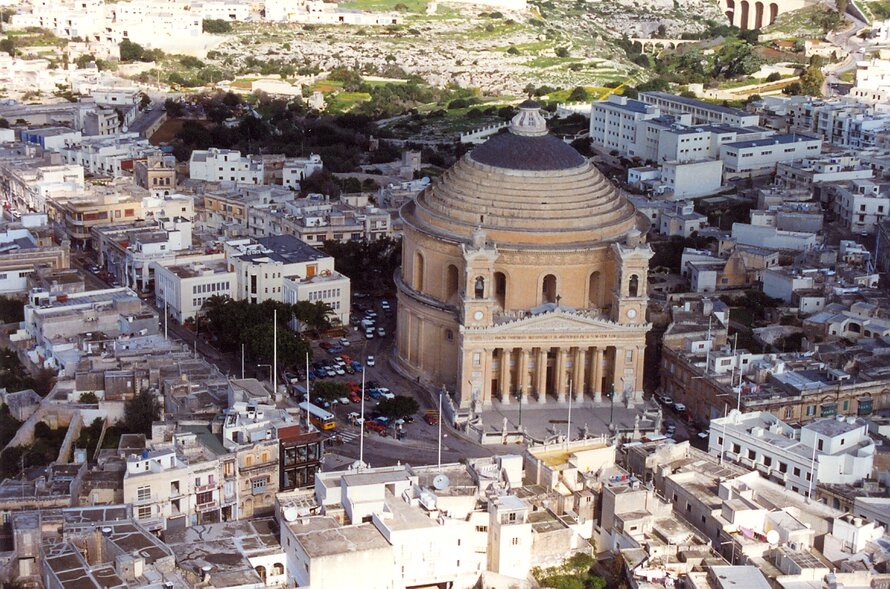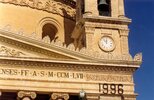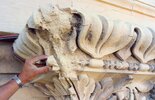Mosta Rotunda Church, facade restoration
The Mosta Rotunda Parish Church was built in the first half of the 19th century after designs by architect Giorgio Grognet, inspired by the Pantheon in Rome. Built from relatively soft local limestone, the construction of the huge dome, with its diameter of 39.6 meters and height ...
Read more
Project details
Description:
The Mosta Rotunda Parish Church was built in the first half of the 19th century after designs by architect Giorgio Grognet, inspired by the Pantheon in Rome. Built from relatively soft local limestone, the construction of the huge dome, with its diameter of 39.6 meters and height of 49.08 meters which is said to be the third largest dome in the world, posed the main problem for Grognet. His solution was an inordinate increase of the thickness of the walls, giving a massive and solid impression to the church which contrasted very much with the inspiring lightness he managed to create in the interior with the dome. The soft porous limestone was exposed for over 150 years to the Maltese climate: heat from the sun and salt-laden-winds. Combined with the atmospheric pollution from heavy traffic it brought about sudden deterioration of the masonry to a dangerous extent, especially on the façade. The principal restoration works, which turned out to be very extensive, concentrated on the twin towers and the façade. With great dedication and craftsmanship the structure was checked stone by stone and, where affected, replaced by new blocks of exactly the same dimensions, selected from the best Maltese quarries. A team of six workmen thus restored both bell-towers, working under difficult and often dangerous circumstances at a height of thirty-two meters. After that the main façade was restored, replacing the top moulded course of the pediment and many decorative features. All masonry was cleaned and finished with a linseed oil-based coating. Finally a new effective flood-lighting system was installed.
Similar projects
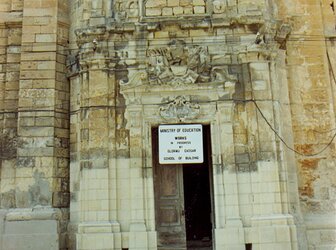
18th century
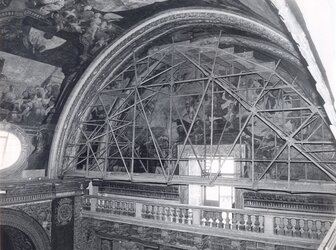
16th century

17th-18th century
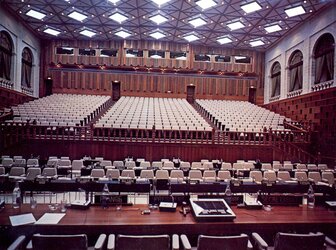
16th century
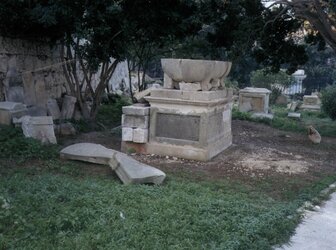
1806 - 1857

19th century
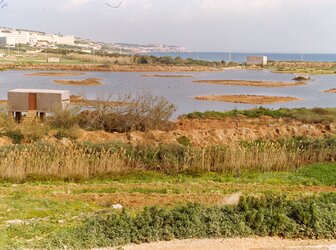
20th century
